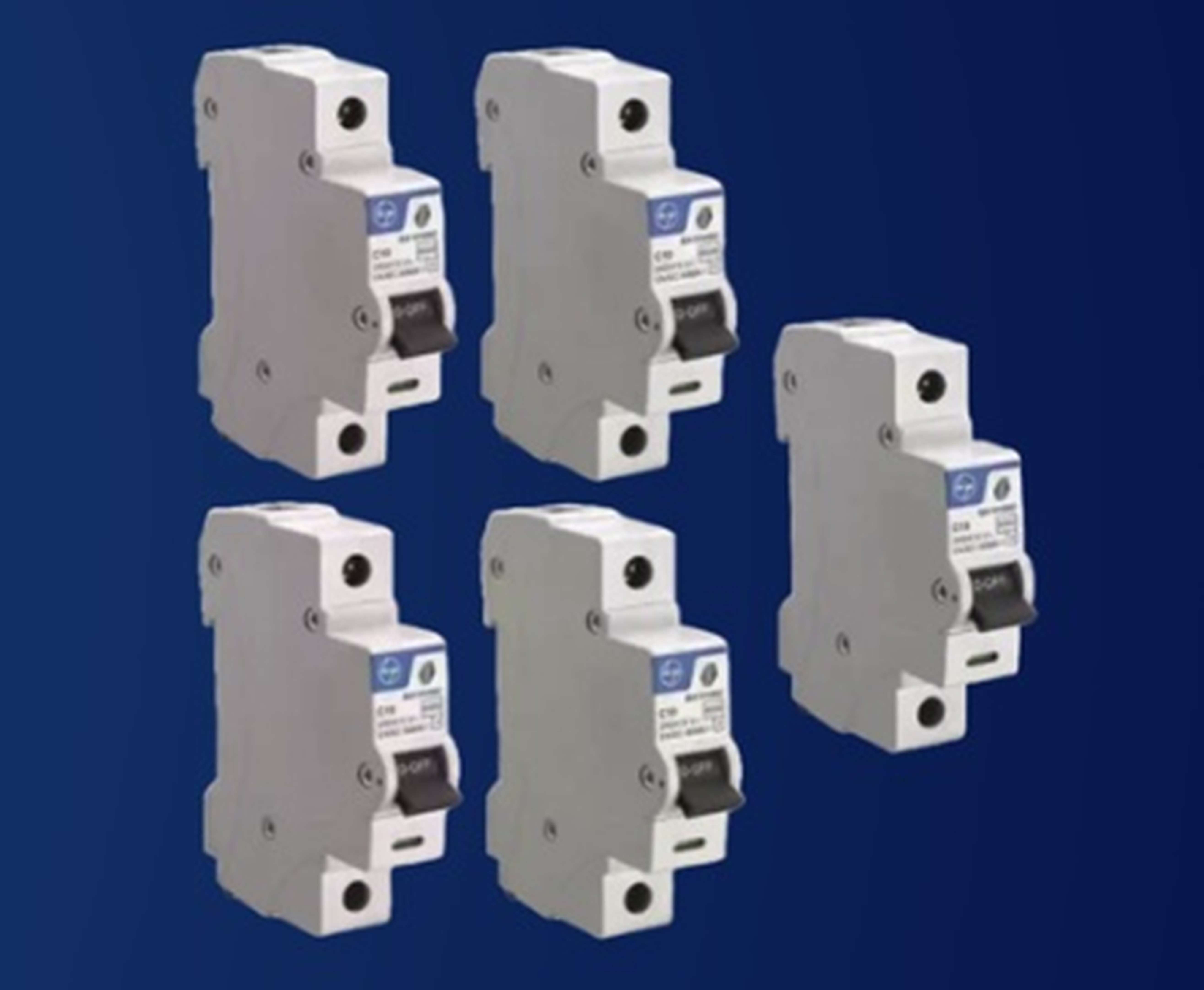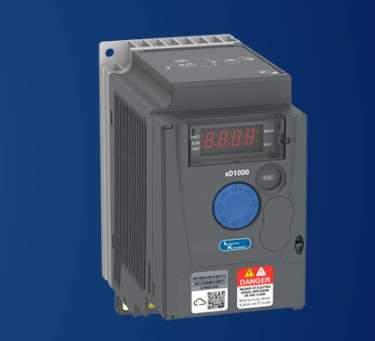Electric motors are the workhorses of modern industry and infrastructure. From powering conveyor belts in factories to operating pumps in water treatment plants, motors perform a wide array of essential tasks. However, one of the biggest threats to the longevity and efficiency of these motors is overheating. Excessive heat not only degrades the internal components of a motor but also increases maintenance costs, reduces operational efficiency, and can ultimately lead to unexpected failures. This is where thermal overload protection becomes indispensable.
Whether it’s for industrial systems, commercial equipment, or residential setups, motor thermal overload protection plays a crucial role in preserving the integrity and reliability of electric motors. In this guide, we’ll explore what thermal overload protection is, how it works, and why it’s critical to extending motor lifespan and ensuring long-term operational success.

What Is Thermal Overload Protection?
Thermal overload protection is a method of guarding electric motors from damage caused by excessive heat due to overcurrent or sustained load conditions. When a motor operates beyond its rated capacity for a prolonged period, it draws more current than normal. This generates excess heat within the windings, which can damage insulation, bearings, and other internal components.
Motor thermal overload protection devices are designed to detect this condition and disconnect the motor from the power supply before it sustains irreversible damage. Unlike circuit breakers that respond quickly to short circuits or ground faults, thermal protection provides a time-delay response to simulate the thermal characteristics of a motor and prevent false trips during short-term spikes, such as during startup.
Why Motors Overheat
To understand the importance of thermal overload protection, it’s essential to know why motors overheat. Some common causes include:
- Overloading: Running a motor beyond its rated capacity for long durations.
- Frequent Start/Stop Cycles: Repeated startups increase current draw and heat.
- Poor Ventilation: Restricted airflow around the motor leads to heat buildup.
- Voltage Imbalance: Uneven phase voltages can cause one winding to overheat.
- Stalled Rotor or Locked Shaft: Prevents the motor from turning, causing excessive current flow.
Without proper motor thermal overload protection, any of these conditions can reduce the lifespan of a motor dramatically and result in unplanned downtime.
How Thermal Overload Protection Works
Thermal overload protection typically involves a relay that senses the heat generated by the motor current. When the temperature exceeds a preset threshold, the relay opens the circuit, cutting off power to the motor.
There are several types of thermal overload devices:
- Bimetallic Thermal Overload Relays
These use a bimetal strip that bends when heated by the motor’s current. If the temperature exceeds safe levels, the bending motion trips the relay and interrupts the circuit.
- Electronic Thermal Overload Relays
These advanced devices use sensors and microprocessors to monitor motor current more accurately. They can detect phase loss, current imbalance, and other abnormalities, offering more precise protection and additional features like diagnostics.
- Thermistors and RTDs
Embedded directly into the motor windings, thermistors and resistance temperature detectors (RTDs) provide real-time temperature data, often used in high-performance or mission-critical systems.
Key Benefits of Motor Thermal Overload Protection
- Prolongs Motor Life
One of the most significant benefits of motor thermal overload protection is extending the operational life of the motor. By preventing excessive heating, the protection system reduces wear and tear on components, especially the winding insulation, which is often the first to degrade.
- Reduces Downtime
When motors fail unexpectedly, production can grind to a halt. With thermal overload protection, motors are taken offline before reaching a critical failure point, enabling maintenance teams to address the issue proactively.
- Minimizes Repair Costs
Replacing or repairing a burned-out motor is often far more expensive than installing proper overload protection. Investing in thermal protection devices results in long-term savings on equipment and labor.
- Increases Operational Safety
Overheated motors pose fire risks and can damage nearby equipment. A reliable thermal overload protection system prevents such hazards, promoting a safer work environment.
- Supports Energy Efficiency
A protected motor runs within optimal temperature ranges, ensuring it operates efficiently and draws less energy over time. This leads to lower energy bills and a reduced carbon footprint.
Applications Across Industries
Motor thermal overload protection is not limited to industrial settings. Its applications are widespread and include:
- Manufacturing Plants: Protecting heavy-duty motors running conveyor belts, mixers, and machine tools.
- HVAC Systems: Ensuring fans, blowers, and compressors operate safely and efficiently.
- Water and Wastewater Facilities: Preventing pump failures due to fluctuating loads or clogs.
- Agricultural Equipment: Protecting irrigation and grain handling motors from overload conditions.
- Commercial Buildings: Used in elevators, escalators, and centralized air-conditioning systems.
In each of these environments, motor reliability is critical, and thermal overload protection plays a foundational role in maintaining that reliability.
Choosing the Right Thermal Overload Protection
Selecting the appropriate thermal overload protection device depends on several factors:
- Motor Size and Rating: Ensure the device matches the motor’s voltage, phase, and current specifications.
- Environmental Conditions: Choose protection that suits the installation environment, especially if it involves dust, moisture, or high ambient temperatures.
- Type of Load: Consider whether the motor runs continuously, intermittently, or with variable loads.
- Restart Mechanism: Some applications benefit from automatic reset relays, while others require manual reset for safety.
Additionally, newer electronic overload relays offer adjustable settings and digital connectivity, making them ideal for integration into modern automation systems.

Maintenance and Testing
Even the most reliable thermal overload protection system needs periodic maintenance. Regular inspection ensures that the protective device remains in good working order and responds correctly during an overload condition.
Key maintenance practices include:
- Visual Inspections: Check for signs of wear, corrosion, or overheating.
- Functional Tests: Simulate overload conditions periodically to ensure proper operation.
- Cleaning: Keep devices free from dust and debris that could interfere with performance.
- Calibration: For electronic protection devices, verify and recalibrate settings as needed.
Proper maintenance not only keeps the motor thermal overload protection system reliable but also contributes to overall system efficiency and safety.
The Future of Thermal Protection
With the advent of smart technologies and the Industrial Internet of Things (IIoT), thermal overload protection is becoming more intelligent and responsive. Modern systems now include features like:
- Real-time monitoring
- Remote diagnostics
- Predictive maintenance alerts
- Data logging for performance analysis
These advancements are transforming motor protection from a reactive function into a proactive and integrated part of industrial operations.
Conclusion
Electric motors are indispensable assets, and protecting them from thermal damage is vital for ensuring their longevity, efficiency, and safe operation. Thermal overload protection is not just a safety feature—it’s a strategic investment in operational continuity, cost control, and energy savings.
Whether you are running motors in an industrial plant, a commercial building, or an automated facility, incorporating motor thermal overload protection is one of the smartest decisions you can make to safeguard your equipment and processes.
For high-performance, reliable, and advanced thermal overload protection and motor thermal overload protection solutions, trust Lauritz Knudsen Electrical and Automation. With their commitment to innovation, safety, and customer satisfaction, they offer world-class protection devices tailored to modern electrical and automation systems.



